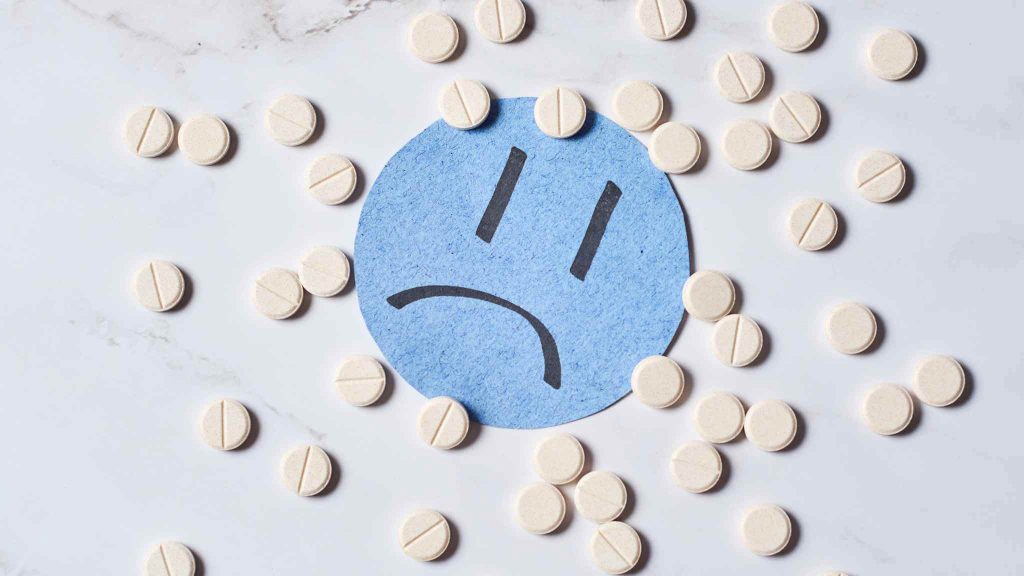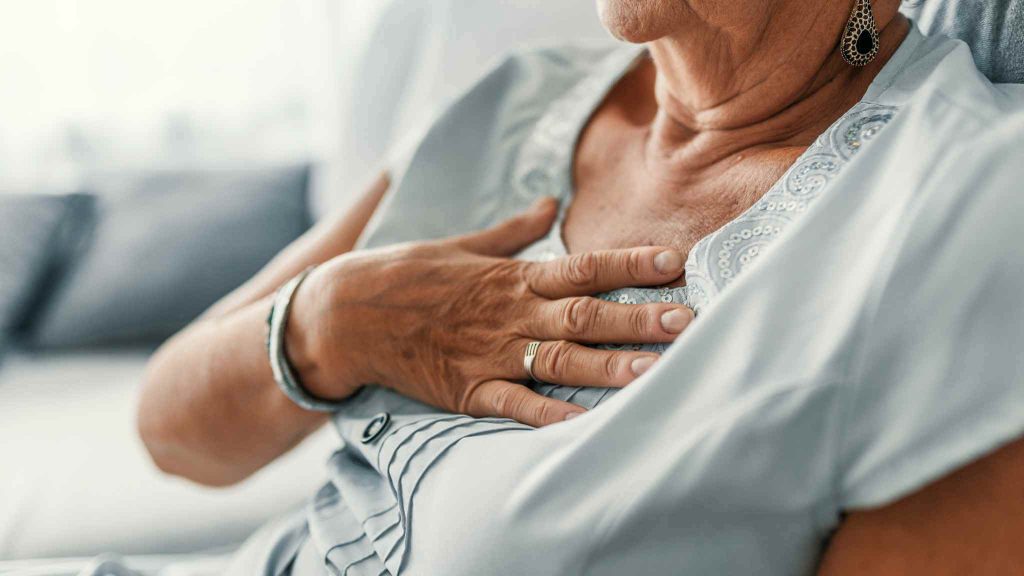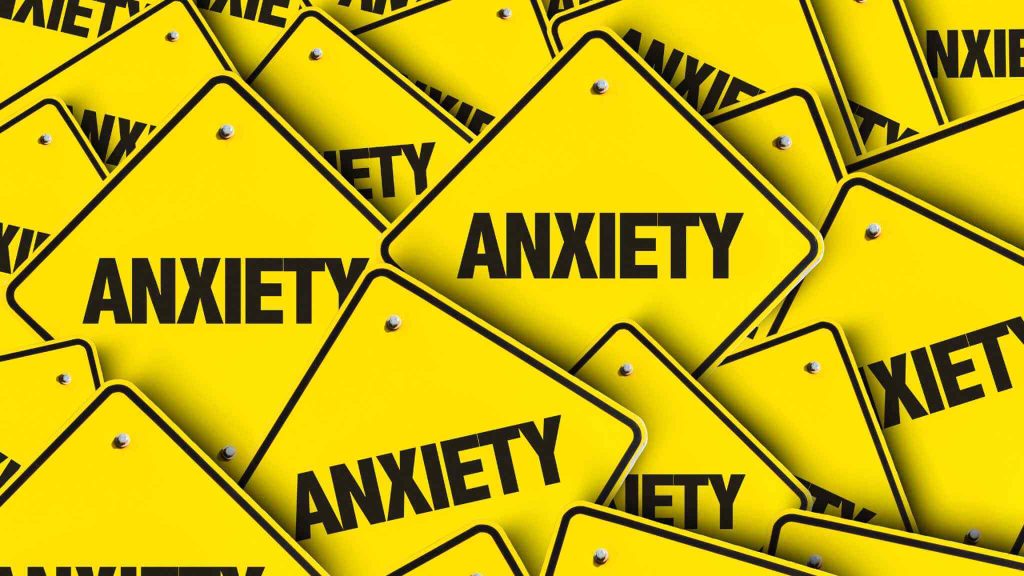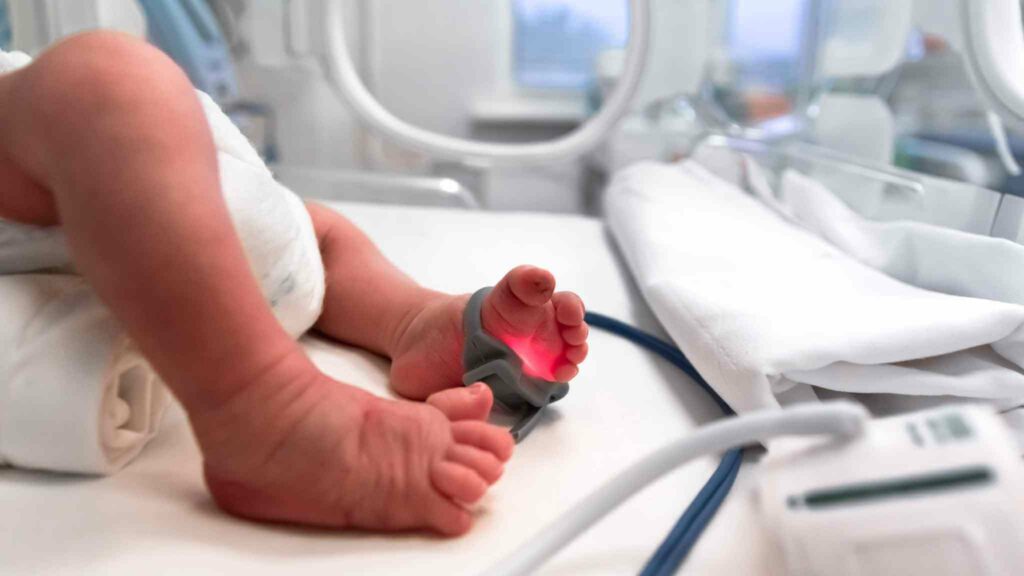Infant First Aid 101: What You’ll Learn and How It Can Benefit Your Family

Becoming a parent is a life-changing experience that comes with endless responsibilities.
While it’s impossible to prepare for everything, knowing how to respond in an emergency can make all the difference. That’s where infant first aid comes in!
From learning how to perform CPR on infants to dealing with choking incidents and high fever, an infant first aid course equips you with the knowledge and skills needed to handle common emergencies. So if you want peace of mind as a new or expecting parent, keep reading this blog post about what you’ll learn in an infant first aid course and the benefits it can bring your family!

What will I learn in an infant first aid course
During an infant first aid course, you will learn how to respond to different types of emergencies that may occur in infants.
One key topic covered is CPR for infants. You’ll learn the proper technique for performing chest compressions and rescue breaths on a baby who isn’t breathing properly.
Another important area of focus is choking incidents – especially common in babies who tend to put small objects or food items in their mouth. In this section, you’ll learn how to recognize when a baby is choking and what steps to take to dislodge the object from their airway.
High fever can also be a major concern with babies as it can signal an underlying illness such as infection or inflammation. During the course, instructors will cover topics like identifying signs of high fever, taking accurate temperature readings and providing appropriate care.
You’ll also have lessons on managing injuries such as cuts, burns and fractures that are common among infants during playtime accidents or falls from heights.
These courses aim at providing parents with confidence and skills required for handling various emergencies which may arise during their baby’s growth stages – giving them peace of mind knowing they have the knowledge needed when seconds count!

Whats the difference between infant first aid and child first aid?
Infant first aid and child first aid might seem like the same thing, but there are some important differences between the two. While both courses cover general first aid skills such as CPR and choking, infant first aid focuses specifically on infants aged 0-12 months.
One major difference is in the way that infant CPR is performed compared to child or adult CPR. Infants require a different technique due to their smaller size and delicate bodies. It’s important for parents and caregivers to learn this specialised skill in case of an emergency.
Another area where infant and child first aid differ is in how certain injuries or illnesses present themselves in younger children. For example, fevers can mean something more serious for infants than they are for older children because their immune systems are not fully developed yet. Infant first aid classes will teach parents what temperature range constitutes a medical emergency for babies.
While there may be some overlap between infant and child first aid courses, it’s crucial for new parents or caregivers of young infants to take a course that specifically covers the unique needs of this age group.

What is Infant First Aid?
Infant first aid is a set of skills and techniques used to provide emergency care for infants who are sick or injured. It is designed to help parents, caregivers, and anyone who works with babies understand how to best respond in case of an emergency.
From learning how to properly perform CPR on an infant to identifying common illnesses like fever and dehydration, infant first aid courses cover a variety of topics that can prepare you for any situation. Participants learn about the unique needs of infants when it comes to medical emergencies such as choking or allergic reactions.
With hands-on training from experienced professionals, infant first aid courses provide a well-rounded education in caring for your baby’s health and safety.
Infant first aid differs from child or adult-focused courses as they focus specifically on the anatomy and physiology specific to newborns up until their toddler years. The small size and fragile nature of these little ones require specialized attention- something this type of course provides.

How to do infant CPR
Knowing how to perform infant CPR is a crucial skill for any parent or caregiver. CPR stands for cardiopulmonary resuscitation, which is the process of keeping a person’s heart pumping blood around the body when they may have stopped breathing on their own or their heart has stopped beating.
To begin, lay your baby on a hard flat surface, such as the ground. Place two fingers in the center of their chest and press down about 1/3 of the depth of the chest at a rate of 100-120 compressions per minute. It should be about as fast as you can sing “Staying Alive” by the Bee Gees.
After thirty compressions, give two rescue breaths, keeping your babies head in a neutral position and covering both nose and mouth with your mouth. Give gentle puffs of air until you see their chest rise. If you cant cover your babies nose and mouth, pinch the nose and just cover their mouth with your mouth.
Continue this cycle of 30 compressions followed by 2 rescue breaths until help arrives or your baby begins breathing on their own again.
It’s important to remember that infant CPR should only be performed if necessary and with caution to avoid causing additional harm.
Taking an infant first aid course can provide more in-depth training on this technique along with other life-saving skills for infants.

How to help a choking infant
When it comes to infants, choking can be a terrifying experience for both the baby and the caregiver. It’s important to know what to do in case of an emergency.
Firstly, you need to determine if the infant is actually choking or just coughing. If they are coughing forcefully and making noise, let them continue until they clear their airway on their own. However, if there is no sound coming out and they are struggling – this indicates that something is blocking their airway.
Next, support the infant’s head with one hand while using your other hand’s fingers to deliver up to five back blows between their shoulder blades. If that doesn’t work, move onto chest thrusts by turning them over so they lay across your lap with their head lower than their body.
Using two fingers positioned at the center of the infant’s chest (just below nipple line), give up to five quick thrusts inward towards you before pausing briefly for another set of back blows.
Check quickly in the mouth between each back blow and chest thrust.
Continue alternating between these two methods until either: 1) help arrives; 2) The obstruction dislodges; or 3) The child becomes unresponsive- at which point CPR should be initiated immediately.
Remember – Always remain calm during this situation as panic may cause more harm than good. Taking an Infant First Aid course will teach you how to handle emergencies such as this confidently!

How high is a fever in an infant?
One of the most concerning issues for parents is when their infant develops a fever. While a fever in an adult may not be a cause for alarm, it can be dangerous for infants. But how high is too high? A baby’s normal temperature ranges from 36°C to 37.5°C, and anything above that could indicate a fever.
However, it’s important to note that the degree of severity depends on many factors such as the age of your baby, any underlying health conditions they may have, and whether or not they are vaccinated. That being said, if your baby is under 3 months old and has a temperature over 38°C, seek medical attention immediately.
Other signs that you should look out for include lethargy or irritability, difficulty breathing or feeding, vomiting or diarrhea and dehydration. If your infant exhibits any of these symptoms along with the fever then it’s essential to take them to see a pediatrician right away.
It’s also important to know how to care for your child at home while waiting to see the doctor. Keep them comfortable by dressing them lightly in loose-fitting clothes and give plenty of fluids like breast milk/formula or water depending on their age.
Remember that knowing what’s considered normal versus abnormal will help you make informed decisions about when it’s appropriate to seek medical treatment for your little one.

Should I do an infant first aid course now or when I have the baby?
One of the most common questions new parents ask is whether they should take an infant first aid course before or after their baby arrives. While many think that waiting until after birth will allow them to focus on more pressing matters, taking a course beforehand can actually provide numerous benefits.
Firstly, learning about infant first aid before your little one arrives means you’ll have time to practice and reinforce what you’ve learned. This can help build confidence in your ability to respond appropriately in an emergency situation.
Secondly, taking a course early on allows expectant parents to ask questions and address any concerns they may have with a trained professional. It also provides ample opportunity for discussion with other expecting parents who may be going through similar experiences.
By completing an infant first aid course prior to the arrival of your baby, you’ll be able to hit the ground running once they’re here. You’ll already know how to perform CPR on infants and toddlers, how to help a choking infant and much more.
While there’s no hard-and-fast rule as to when one should take an infant first aid course, doing so prior to giving birth has its advantages – from building confidence in responding properly during emergencies and addressing concerns ahead of time – it isn’t all that important when taken as long as it is done at some point!

The Benefits of Learning Infant First Aid
Learning infant first aid can be a lifesaver in many situations. It not only gives parents and caregivers the confidence to handle emergencies, but it also helps prevent potential accidents from happening.
One of the significant benefits of learning infant first aid is that it prepares you for any unforeseen emergency. Infants are fragile and vulnerable, so knowing how to handle injuries or illnesses promptly can make all the difference.
Furthermore, you become more aware of your child’s safety when you learn infant first aid. You’ll identify potential hazards in your home environment, such as dangerous toys or choking hazards that could harm your baby. By understanding what constitutes a risk to your child’s health and well-being, you’ll be able to take preventative measures necessary.
Taking an infant first aid course is also beneficial for grandparents or babysitters who may watch over the baby at some point. Knowing how to administer CPR or help with choking incidents will give them peace of mind while caring for the little one.
Moreover, attending an infant first aid course provides comfort and assurance during parenting journeys since parents feel empowered by knowledge. Just being equipped with basic life-saving skills brings about emotional security in times where there might be uncertainties surrounding their baby’s wellbeing.
In summary, taking an infant first aid class gives parents peace of mind while keeping their babies safe from harm. The benefits go beyond just handling emergencies; they include identifying risks before they happen and empowering family members with essential life-saving skills needed to care for infants properly.

Where to Find an Infant First Aid Class
It’s important to make sure that the course you choose is with a reputable provider and taught by someone who worls in the field of first aid training and preferable has childrens experience. Look for programs that cover topics such as CPR, choking first aid, fever management and other emergency situations specific to infants.
Attending an infant first aid class can give you peace of mind knowing that you’re prepared should an emergency arise. So take the time to find a course that fits your needs and schedule – it could potentially save your child’s life one day.

How to Prepare for an Infant First Aid Class
Preparing for an infant first aid class can make a huge difference in your learning experience. Here are some tips on how to prepare yourself for the course.
First, make sure you have the necessary materials. Check with the instructor or organisation ahead of time to see if there is any required equipment. You want to be fully prepared and not scrambling at the last minute.
Next, consider scheduling arrangements that work best for you. It’s important to choose a day and time when you’ll be alert and focused during the course. Make sure you have enough free time beforehand so that you’re not feeling rushed or stressed out.
When attending an infant first aid class, it’s also crucial to come with an open mind ready to learn new techniques and concepts. Be willing to ask questions and engage in discussions during class sessions, as this will ultimately help solidify your understanding of each topic covered.
Dress comfortably! You may be doing physical exercises such as CPR training where comfort is key in order for efficient movement.
Proper preparation before taking an infant first aid class can greatly improve your ability to absorb information effectively while retaining knowledge over time.

Conclusion
Learning infant first aid is an essential skill for every parent or caregiver. It equips you with the knowledge and skills to respond quickly and effectively in case of an emergency involving your child. Knowing how to perform CPR, handle choking situations, manage high fever, among other critical skills can make all the difference in saving a life.
By taking an infant first aid course, you gain confidence in handling emergencies involving infants and young children. You also learn how to prevent accidents from happening by creating a safe environment for your child.
To sum it up, learning infant first aid is not just about fulfilling parental responsibilities but could end up being one of the most critical decisions that save your baby’s life someday!

Our Baby First Aid course online & in-home tackles fever, choking, CPR and so much more!
Our baby first aid courses are available in person in your home and online.
We run classes in your home with groups of 2, 4 or up to 10 in Sydney & Melbourne and you can book in 3 easy steps!
- Pick your class
- Follow the prompts to purchase
- We will contact you within 24 hours to lock in your date of choice
Here are some other resources you may enjoy!
FREE GUIDE: Introducing Common Allergy Foods & Allergic Reactions
Book a baby & child first aid class
The Nest CPR & Allergy Flock FB Group
Online Baby & Child First Aid
Follow us on Instagram – and Facebook
Keep in touch and email us with any queries!


